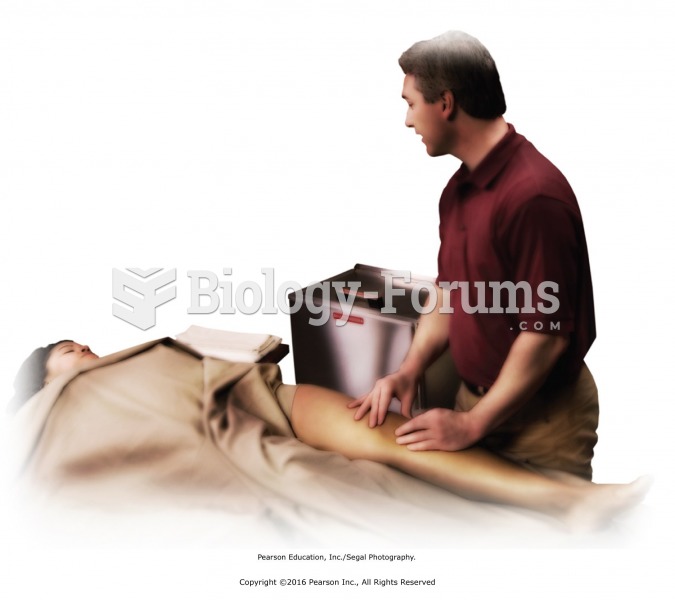Answer to Question 1ANSWER:Before
the first rehearsal, most actors study the script to gain insight into the character
and the play.
This work is then developed in early table work rehearsals.
These ideas about the character get tested and refined through staging rehearsals.
They will also get developed in working rehearsals.
They will next be tested and developed in runs throughout the rehearsal process.
The approach to a role will finally get tested and developed in dress rehearsals and
preview performances.
One category of questions an actor may ask about a character is biological: What does
the script reveal about the character's gender, age, physical appearance, and condition of
health?
Another kind of questioning is sociological: What does the script reveal about the
character's profession, social class, economic status, family background, and standing in
the community?
An additional type of questions is psychological in nature: What does the script reveal
about the character's attitudes, likes, dislikes, general emotional makeup, motivations, and
goals?
The fourth line of questioning is ethical: What does the script reveal about the
character's system of values and choices when faced with crises and conflicts?
Answer to Question 2ANSWER:Russian
actor, director, and theorist Konstantin Stanislavsky created a systematic
approach to acting that challenged actors to develop the inner life, psychological
understanding, and outer expression of character with more rigor, depth, and honesty.
In Stanislavsky's system, emotions were not the starting point of acting, an external trick
that the actor put on, but rather a natural byproduct
of an actor imaginatively
connecting to a character's needs.
The first principle in Stanislavsky's system consists of objectives, what the characters
want in order to fulfill a need.
Next are actions, also called tactics, what characters do to achieve their objectives.
Another principle consists of obstacles, the barriers characters seek to overcome in order
to achieve their objectives.
The next core principle is the magic if, in which actors consider the circumstances of the
play and ask, How would I react if this situation were real? What would I do?
The last principle comprises given circumstances, the who, when, where, and what of
a play, scene, or beat as laid out by the playwright; they include any and all information
that provides the actor with an imaginative connection to the inner life of the character.







